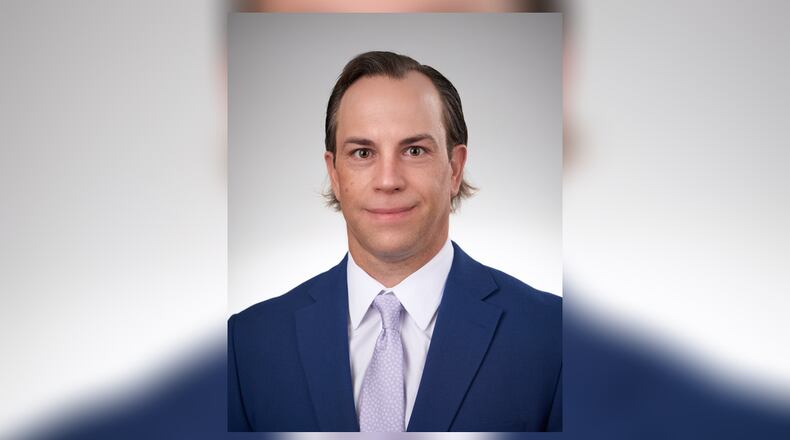The trucking industry is uniquely equipped to provide valuable assistance in the ongoing efforts to eliminate human trafficking. Truck drivers are on the same roads, parking at the same rest areas and fueling up at the same truck stops that human traffickers often use to sell their victims.
Truck drivers are also extremely observant by nature. Knowing what is happening in their surroundings at all times is part of their training and often instinctual, as these professional drivers navigate through every imaginable road scenario while delivering the products we all depend on.
Recognizing the value and urgency of involving the trucking industry in the fight against this crime, Truckers Against Trafficking (TAT) was formed in 2009. TAT actively began recruiting trucking companies across the nation to train their drivers on what to watch for and, more importantly, how to report suspicious activities. TAT offers extensive training and many highly effective and valuable tools to help professional truck drivers identify victims and come to their aid.
Since TAT’s inception, more than 1.4 million professional truck drivers have been registered as TAT trained. Some of these men and women, who have witnessed the prostitution of women and minors at various places throughout the United States for years but hadn’t known what it was or how to stop it, are now able to make a valuable contribution in the effort to eradicate this terrible crime.
Trained drivers throughout the country are now calling the National Human Trafficking Hotline (NHTH) to report what they were seeing. Polaris Project, which runs the hotline, has reported that calls from truck drivers rose significantly once Truckers Against Trafficking began. The NHTH statistics show that in the last five years, over 41 percent of the cases that have been reported by truck drivers have involved victims who are minors.
The dedication by professional truck drivers in the fight against human trafficking is making a powerful impact.
In one case, a professional truck driver who didn’t like what he saw and made one call that resulted in the recovery of seven minors. Additionally, 31 offenders were arrested, and a 13-state child sex trafficking ring was broken. A true testament that the partnership with the trucking industry is working.
Truckers Against Trafficking (TAT) is a valuable organization doing very important work and Ohio’s trucking industry is proud to be a strong and reliable partner in this critically important effort as well. But now is not the time to rest on our laurels, there is always more work to do and more drivers to be trained.
Every motorist should take the training and learn how to identify the signs of human trafficking and, even more importantly, have the tools to report something that doesn’t look right.
And for those in the trucking industry, have your drivers take TAT’s training today. If you’re operating trucks in the state of Ohio and haven’t provided training to your drivers, please consider doing so; it’s some of the most important training you can offer and the most effective way you can assist in ending human trafficking.
For more information, contact the Ohio Trucking Association, tom@ohiotrucking.org, or Truckers Against Trafficking, info@truckersagainsttrafficking.org.
Thomas A. Balzer, CAE is the president & CEO of the Ohio Trucking Association.
About the Author
